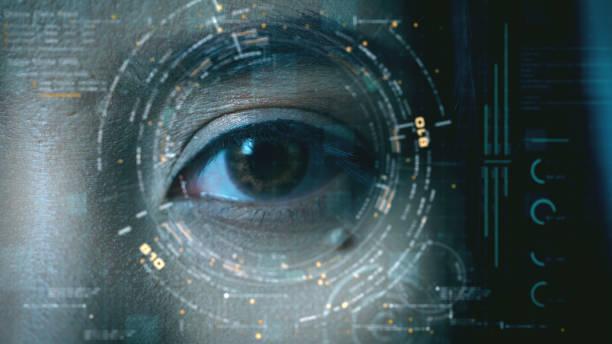Identity theft is a significant problem for organizations in the digital era. Cybercriminals utilize stolen identities to obtain benefits that were previously only available to the original person. Aside from that, hackers can exploit the victim to obtain financial benefits. As per a report, an identity theft case is reported every 14 seconds. It is a concerning scenario since corporations must cope with the ramifications of such acts.
Identity theft costs billions of dollars to firms. As a result, they are looking for a solution that can stop identity theft, make AML/CFT compliance simpler, and cut down on financial losses. A face verification solution is the best method that can help in this situation.
Face Verification Solution – 3 Main Benefits for the Education Industry
The education industry can benefit from face recognition throughout the online registration process. This is a critical step in ensuring school safety. There are various ways that technology can improve and transform education:
- Easy Student Behavior Assessment
Face verification solution can assist staff members in assessing students’ comfort and degree of interest in the classroom. With the help of the most recent biometric facial recognition technology, it is possible to detect the facial expressions of anyone. This indicates that a student who regularly looks at their watches or turns their faces away shows a lack of attention. The instructor can easily handle the kids in such instances. In the event of a misunderstanding, the teacher can conduct a Q&A session in the classroom to resolve students’ concerns.
Staff members can improve the quality of their educational system by completing these actions. A face verification solution can assist academic institutions in handling delicate classroom subjects. The technology will identify any unfavorable facial expressions from the student, and the teacher will be able to address the issue later in a private session. Prior to the introduction of the facial recognition system, dealing with all of the above issues was incredibly challenging for staff workers.
- Protects Facilities from Unauthorized Access
A face verification solution can be used in library systems, labs, and dormitories. It prohibits unauthorized individuals (disguised as students) from accessing restricted facilities. Face recognition software can therefore defend the educational institution from danger.
- Verifying students’ identities
The face verification solution can easily check students’ identities. If a university begins offering e-learning programs, students may quickly enroll in them using facial recognition system. The technology’s 3D liveness detection capability lowers identity theft and digital fraud. As a result, the face recognition services reduce any risks associated with the registration procedure.
Face Verification Solution – How it can Help in the Admission Process?
The online face verification solution assists educational institutions with identity validation during admissions. It is crucial in recognising suspicious identities or high-risk individuals and prohibiting them from entering the school grounds. For example, expelled students, kids involved in narcotics, and criminals who have stolen sensitive data of institution.
School shootings are a major problem in America, and face recognition system can assist school administrators in dealing with the crisis. It can immediately alert security staff, allowing them to take appropriate action. Only authorized people will be able to pick up kids from school grounds using facial recognition software. As a result, the senior administration will have an easier time protecting the school grounds from threats.
Face Verification Solution and Privacy Issues
Social activists are concerned about the privacy implications of face verification technology. They are afraid that corporations would use data without regard for accountability or ethics. It may jeopardize pupils’ privacy. Privacy concerns can impede the introduction of the face verification system in some sectors, but its enormous benefits will not prevent its widespread use in society. For example, a face verification solution automatically confirms students’ identities throughout the enrollment process. This is far superior to the manual admissions procedure, which is both time-consuming and stressful.
Conclusion
Finally, it is apparent that a face verification solution provides a number of advantages and benefits for the education industry. Because of the face expression detecting characteristics, it can improve security. It implies that academic institutions will be capable of reducing violence on their campuses.
Students have several privacy concerns about face recognition systems, but the administration can simply address them by assuring the cautious use of students’ data. Without a doubt, face recognition technology plays an important role in improving the quality of teaching techniques and the curriculum.




